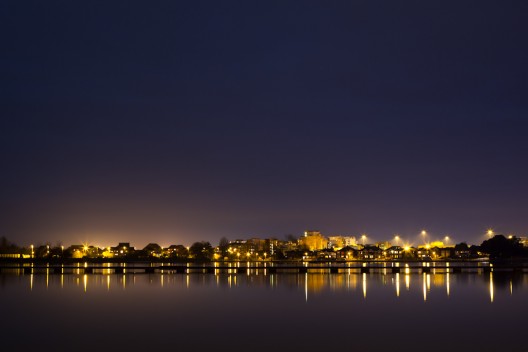For the second goal of my preliminary task, I have chosen to produce a magazine advertisment for the previosly created Digipak. This post is intended to show in detail the proccess and decision taken during the creation proccess of the advertisement.
Throughout this task, I continually compared my own product and its progress with the research and analysis sections of my project. Trying to employ as many techniques as possible to help make the adveritsement achieve its goal and fit the correct target audience. As the band and therfore design of the digipak is based around the genre of post-hardcore, I tried to follow the idea of 'edited realisim' to create cohesion between the digipak and the genre also.
For the first step of my magazine cover I wanted to ensure I retained every possible similarity to an original digipak or album advertisment, so i ensured the measurements for my working canvas fitted the size of other real advertisements. The majority I found (especially of this particullar genre) although scarce were A5 size, taking up half of a designated advert page. I found the correct mesaurements for these from www.papersizes.org and set the canvas using the canvas size tool on Photoshop. I continued using photoshop as it would allow me to work very closely from my finished album cover and sides and the advert itself. I was able to to do this using the tabs at the top of the program to switch between the two and copy and paste elements to the advert. This was very important for succesfull cohesion, esepcially colour schemes and caligraphy.







